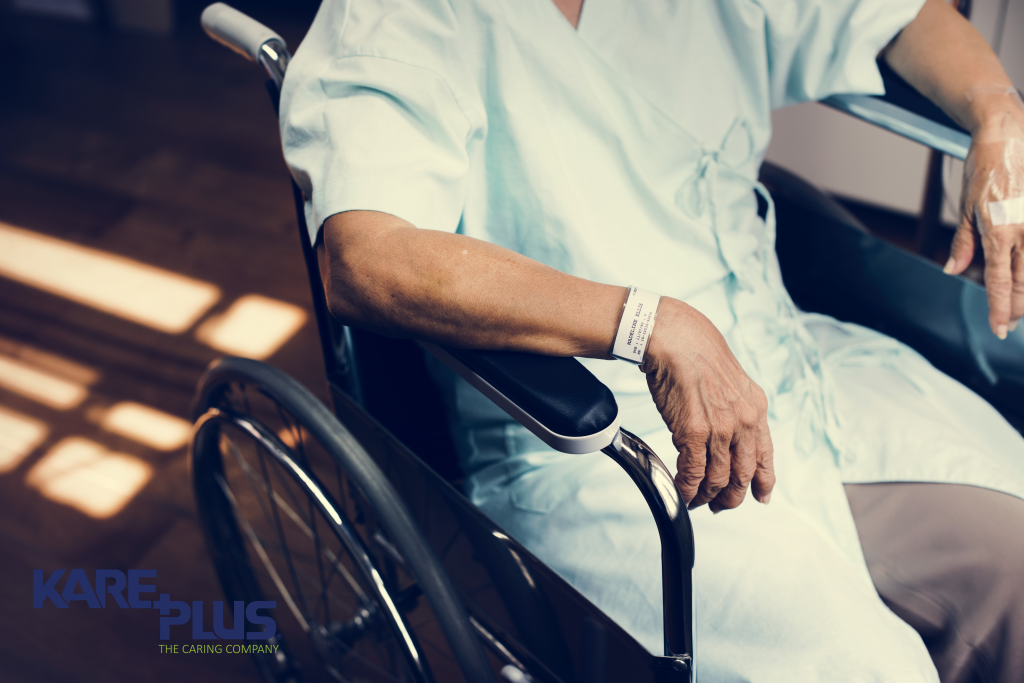Spotting the signs of sepsis
Monday, August 5th, 2019 | Blog
Originally referred to as septicemia and blood poisoning, sepsis is responsible for up to 46,000 people a year in the UK and many more across the world.
The condition is caused by the body responding to infection by attacking organs and tissues. It is most commonly caused by a bacterial infection, but it can also be the result of a viral, fungal or protozoan infection. Fortunately, sepsis is very easy to treat, with a simple round of antibiotics being enough to stop the condition in its tracks.
Unfortunately, sepsis is hard to spot, with many of its symptoms presenting similarly to other illnesses and conditions. The longer sepsis goes undiscovered, the slimmer the rates of survival are, which is why it's so important to understand the signs of sepsis so you can react quickly and accordingly.
There are three different kinds of sepsis and all three have different symptoms and signs to watch out for. Sepsis can be particularly hard to spot in babies and young children, individuals with dementia or learning disabilities or those who have difficulty communicating, so learning to spot the symptoms can make a huge difference.
Sepsis
-
a breathing rate higher than 20 breaths per minute
-
a fever above 101ºF (38ºC) or a temperature below 96.8ºF (36ºC)
-
probable or confirmed infection
-
a heart rate higher than 90 beats per minute
Severe Sepsis
-
patches of discolored skin
-
unexplained confusion or disorientation.
-
extreme weakness
-
unconsciousness
-
low platelet (blood clotting cells) count
-
problems breathing
-
abnormal heart function
-
chills due to a fall in body temperature
-
decreased urination
Septic Shock
-
lightheadedness (dizziness)
-
a change in mental state – such as confusion or disorientation
-
diarrhoea
-
feeling sick and vomiting
-
slurred speech
-
severe muscle pain
-
severe shortness of breath
-
producing less urine – for example, not peeing for a day
-
cold, clammy and pale or mottled skin
-
loss of consciousness
Sepsis can also happen in young children and babies, so it's especially important to learn the symptoms as many young children may not be able to vocalise how they are feeling.
The NHS recommends that you ring 999 or go to A&E if you spot any of the following symptoms in children:
-
blue, pale or blotchy skin, lips or tongue
-
a rash that does not fade when you roll a glass over it, the same as meningitis
-
difficulty breathing (you may notice grunting noises or their stomach sucking under their ribcage), breathlessness or breathing very fast
-
a weak, high-pitched cry that's not like their normal cry
-
not responding like they normally do, or not interested in feeding or normal activities
-
being sleepier than normal or difficult to wake
Call 111 if you spot any of the following symptoms in your child.
-
feels very unwell or like there's something seriously wrong
-
has not had a pee all day (for adults and older children) or in the last 12 hours (for babies and young children)
-
keeps vomiting and cannot keep any food or milk down (for babies and young children)
-
swelling, redness or pain around a cut or wound
-
has a very high or low temperature, feels hot or cold to the touch, or is shivering
This NHS video shows lists all the symptoms mentioned above with visual examples of what you should be looking for if you suspect your child might have sepsis.
https://www.nhs.uk/video/Pages/spotting-sepsis-in-under-5s.aspx
You can read more about sepsis on the NHS website here.














